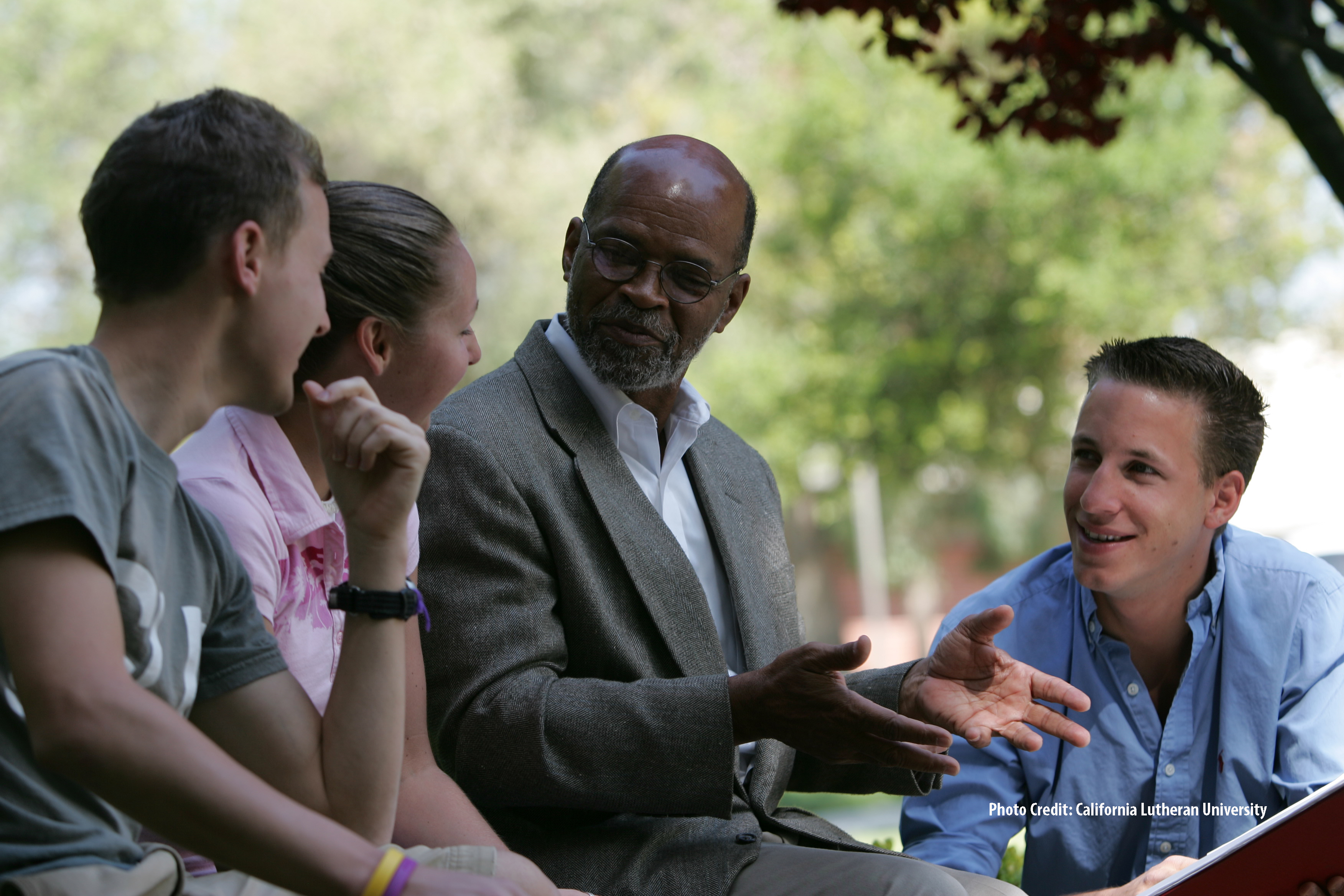Understanding motivations for teaching can provide a powerful window into what encourages faculty to do the work of instruction. One approach to doing so is by using self-determination theory, a widely-studied framework for human motivation. Conceptually, self-determination theory describes several basic needs that can lead faculty to become optimally motivated to teach: autonomy, competency, and relatedness. A recent study examined the relationship between these basic needs and faculty motivation to teach. This study additionally explored how these needs are met for diverse types of faculty. Deeper understanding of where faculty needs for teaching can be satisfied, as well as the relationship between those needs and motivation for instruction, can help institutions improve teaching and learning through fostering optimal motivation among faculty. The study was guided by the following research questions:
- How do the basic needs of autonomy, competency, and relatedness relate to faculty motivation to teach?
- How do these needs vary by faculty characteristics?
First, faculty were grouped into three categories based on the degree that their basic psychological needs have been met (see Figure below). Researchers found that faculty with a high degree of needs met for autonomy, competency, and relatedness had higher levels of intrinsic and identified (positive) motivation. Faculty with low degree of basic needs met had notably lower positive motivations for teaching. They additionally found that differences by field and various faculty characteristics may lead to situations that are more or less conducive to meeting teaching needs.
For more details on this study, see their presentation slides from the 2017 POD Network Conference.



